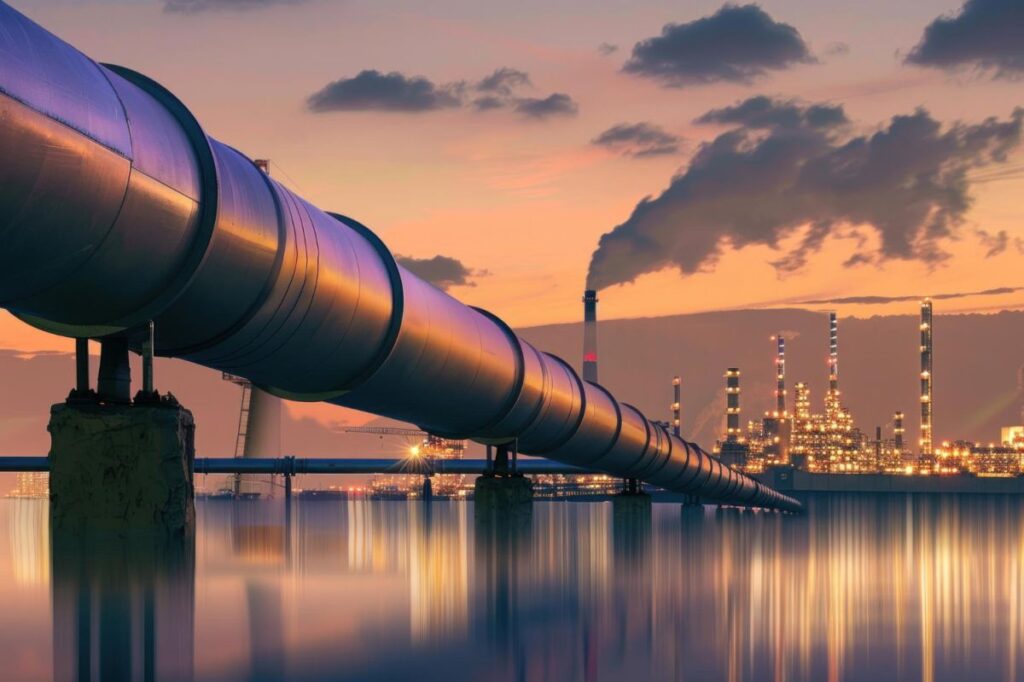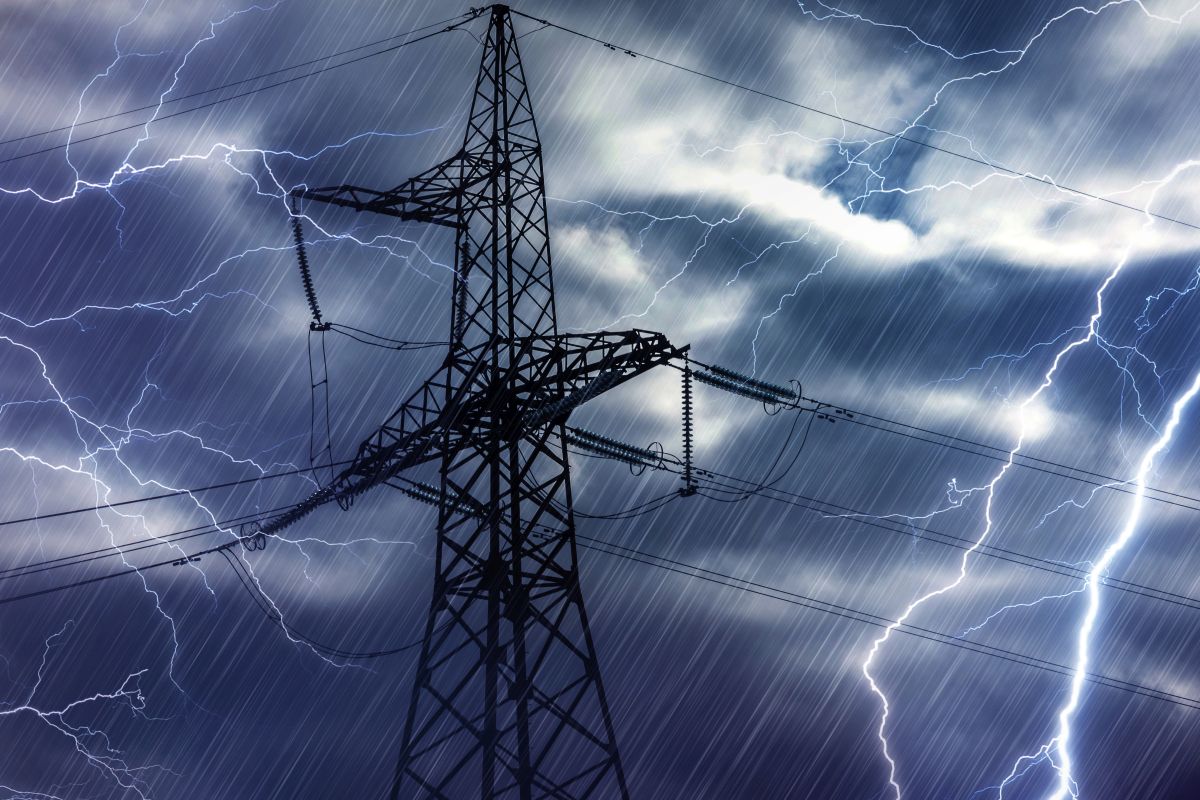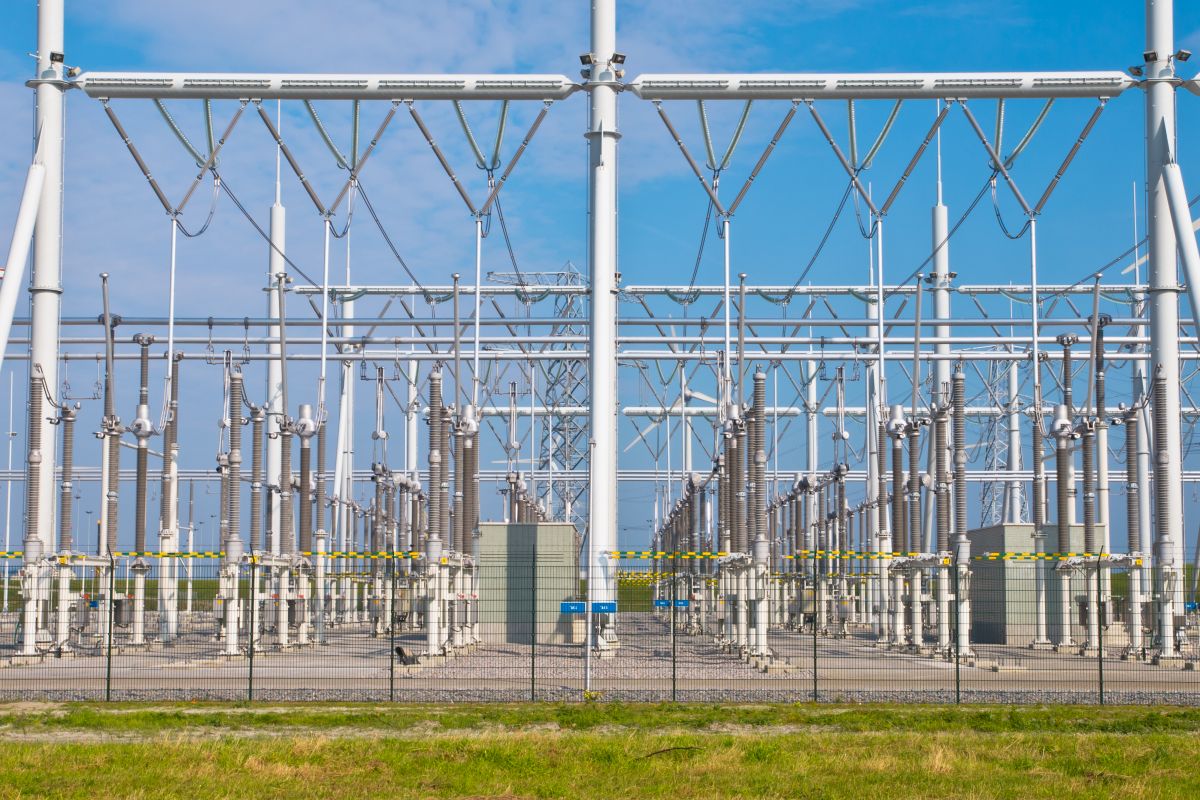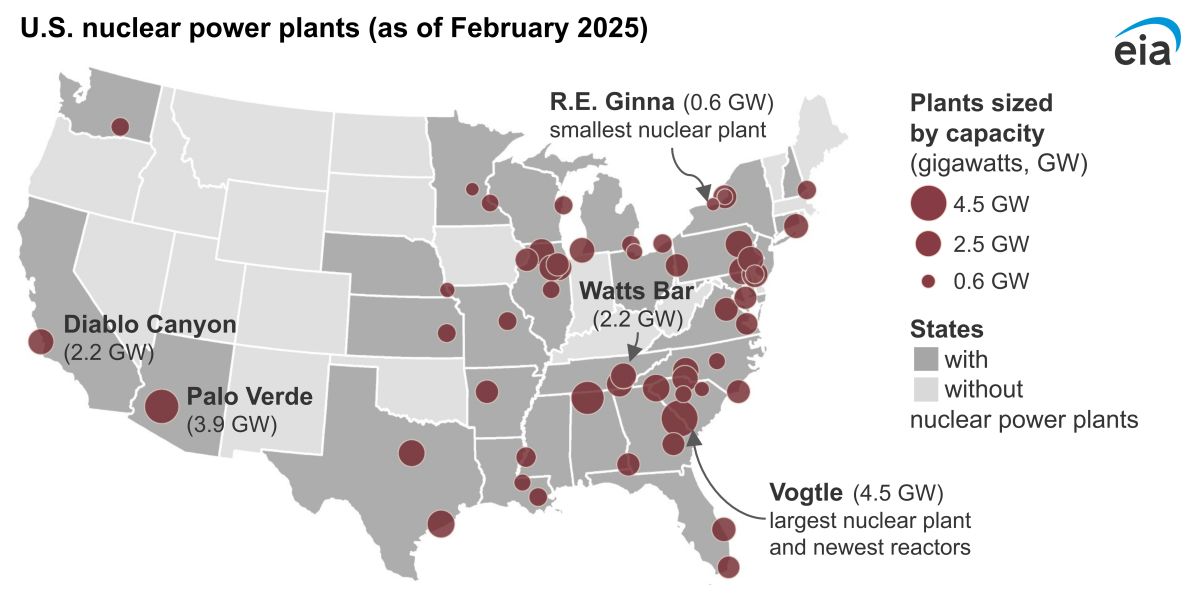Carbon Capture Utilization and Storage (CCUS) technologies are essential in reducing greenhouse gas emissions globally. By capturing carbon dioxide (CO2) emissions at their source, such as power plants and industrial facilities, and either reusing or storing them underground, CCUS can significantly mitigate the impact of these emissions on climate change. This blog overviews the transformative potential of CO2 pipelines in supporting the US toward a sustainable and climate-resilient future, highlighting their importance in the nation’s energy and environmental strategy.
The Role of CO2 Pipelines
A CO2 pipeline transports carbon dioxide from capture sites to utilization or storage locations, reducing greenhouse gas emissions. For CCUS to be effective, the transportation of captured CO2 to storage or utilization sites is essential. The US currently has over 5,000 miles of CO2 pipelines, primarily used for Enhanced Oil Recovery (EOR) processes. However, for CCUS to scale up, this network needs significant expansion. Pipelines are the most efficient and safest method for transporting large volumes of CO2, and their expansion is crucial for the widespread adoption of CCUS technologies.
Regulatory Framework and Incentives
Regulatory frameworks and incentives for CO2 pipelines have seen significant developments. In 2023, the PHMSA regulated the construction, operation, and maintenance of CO2 pipelines under 49 C.F.R. §§190, 195-199, while the Section 45Q Tax Credits incentivized businesses to invest in CCUS projects, aiming to reduce CO2 emissions. In 2024, the Pipeline Safety and Expansion Act of 2023, effective January 18, introduces legislation to improve safety and expand infrastructure, making CO2 transportation projects eligible for regulatory review and prioritization. This legislation marks a crucial advancement in supporting the CCUS sector and expanding carbon dioxide pipelines.
Challenges and Solutions
Despite the clear benefits and growing support, the expansion of CCUS and CO2 pipelines in the US faces several challenges. These include public perception and acceptance, regulatory hurdles, and the need for technological advancements to reduce costs and increase efficiency. Addressing these challenges requires a multifaceted approach: enhancing public engagement and education to build support for CCUS projects, efficiently managing regulatory processes to facilitate development, and investing in research and development to improve CCUS technologies.
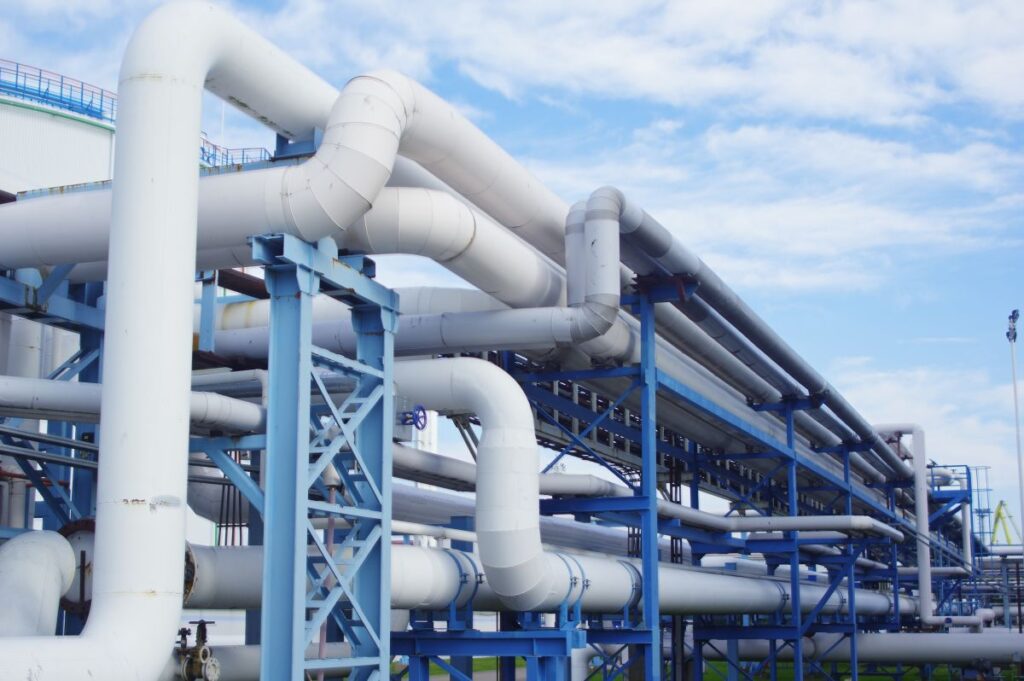
The Future of CCUS in the US
The Infrastructure Investment and Jobs Act (IIJA) has allocated funding towards developing and expanding CCUS technologies and infrastructure. The future of CCUS in the US looks promising but requires concerted effort from all stakeholders. With the right policies, incentives, and technological advancements, CCUS can play a significant role in the US energy and climate strategy. Expanding the network for the CO2 pipelines is a critical component, enabling the safe and efficient transport of CO2 to storage and utilization sites across the country. As the US continues to advance its climate goals, CCUS, and CO2 pipelines will undoubtedly be at the forefront of its strategy to reduce carbon emissions and promote carbon management.
Conclusion
The US must prioritize expanding Carbon Capture Utilization and Storage (CCUS) and its necessary pipeline infrastructure to achieve its climate goals, including net-zero emissions by 2050. Overcoming obstacles such as public skepticism, regulatory barriers, and the imperative for technological breakthroughs is vital. Initiatives like the Section 45Q Tax Credits, focused research, and community outreach are essential to advancing CCUS deployment. This strategy is crucial for enhancing CO2 transportation efficiency, positioning CCUS as a focal point of the US’s effective strategy to address climate change.
Disclaimer: Any opinions expressed in this blog do not necessarily reflect the opinions of Certrec. This content is meant for informational purposes only.


